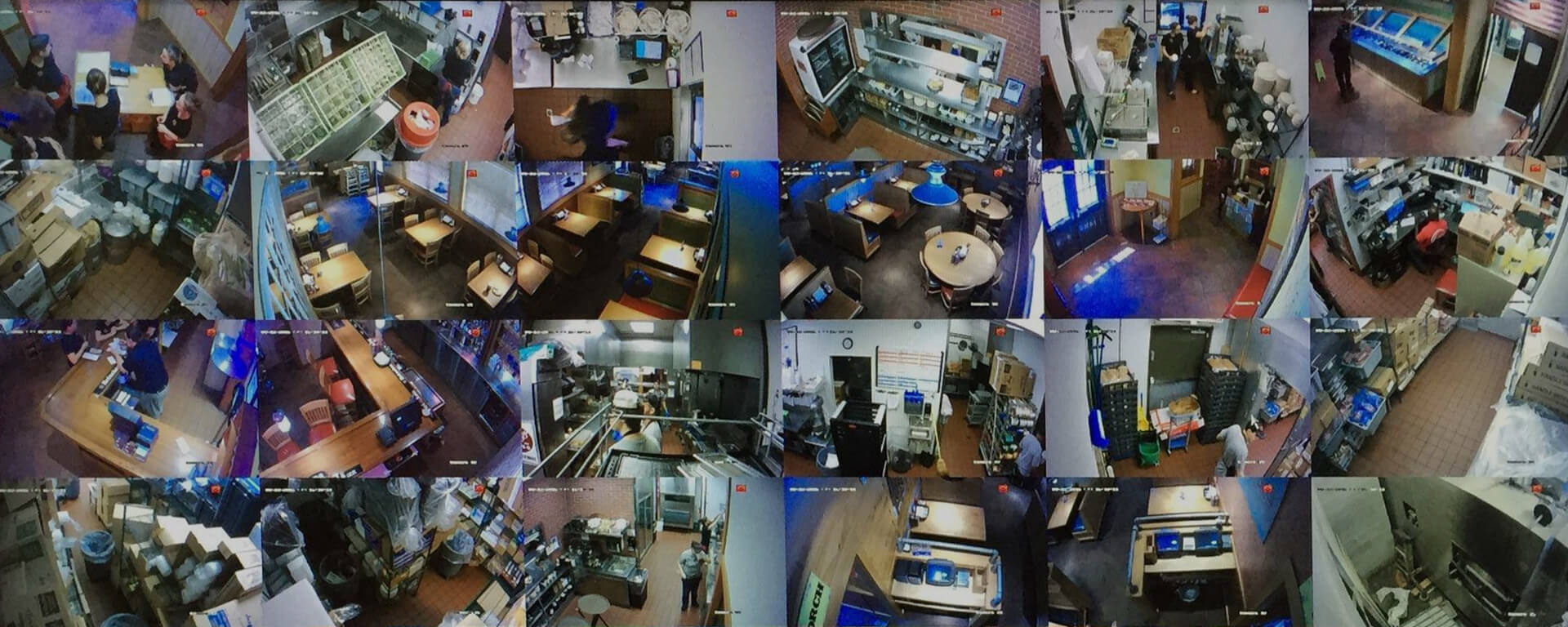

Articles
How To Store Security Camera Footage
Modified: January 9, 2024
Learn effective methods for storing security camera footage in this informative article from our experts. Secure and organize your surveillance recordings for easy access and retrieval.
(Many of the links in this article redirect to a specific reviewed product. Your purchase of these products through affiliate links helps to generate commission for Storables.com, at no extra cost. Learn more)
Introduction
Ensuring the security and safety of your home or business is of utmost importance. One crucial aspect of this is having security cameras installed to monitor and record any suspicious activity. However, capturing the footage is just the first step. Safely storing and managing the recorded footage is equally essential.
Storing security camera footage is crucial for several reasons. Firstly, it serves as a valuable tool for investigating incidents, identifying individuals involved, and providing evidence for law enforcement purposes. Secondly, it can act as a deterrent to potential criminals, knowing that their actions are being recorded and can be used against them. Lastly, having stored footage allows you to review past events, analyze patterns, and improve security measures.
When considering how to store security camera footage, there are various factors to take into account. These include the storage capacity required, cost considerations, ease of access, and the level of security and reliability needed for your specific situation. In this article, we will delve into the different types of storage solutions available, best practices for storing footage, and steps on how to store security camera footage effectively.
Whether you are a homeowner looking to protect your property or a business owner aiming to secure your premises, understanding the options available for storing security camera footage will help you make informed decisions and ensure the effectiveness of your security system.
Key Takeaways:
- Effective storage of security camera footage is crucial for maintaining the integrity of surveillance systems. Local, cloud, and hybrid storage options offer diverse benefits, ensuring accessibility, security, and scalability for recorded videos.
- Adhering to best practices and following systematic steps for storing security camera footage enhances the reliability and accessibility of recorded videos. Careful consideration of storage solutions and implementation of robust strategies contribute to the overall effectiveness of surveillance systems.
Read more: How To Get The Security Camera Footage
Importance of Storing Security Camera Footage
Storing security camera footage plays a crucial role in maintaining the security and integrity of your property. Let’s explore some key reasons why it is important to store security camera footage:
- Evidence and Investigations: In the unfortunate event of a break-in, vandalism, or any other criminal activity, stored footage serves as valuable evidence. This evidence can be used by law enforcement agencies to identify the culprits and bring them to justice. It can also aid in insurance claims, providing undeniable proof of the incident.
- Crime Prevention: The presence of security cameras, combined with the knowledge that the footage is being stored, acts as a deterrent to potential criminals. Knowing that their actions are being recorded can make them think twice before engaging in illicit activities on your property.
- Employee Monitoring: For businesses, stored security camera footage can be used to monitor employee behavior and identify any unethical or inappropriate conduct. This helps maintain a safe and professional work environment and ensures compliance with company policies.
- Incident Documentation: Security cameras are not only useful for capturing criminal activities but also for documenting other incidents, such as accidents or disputes. Having stored footage enables you to accurately review and assess these incidents for potential liability or internal investigation purposes.
- Pattern Analysis: Continuous storage of security camera footage allows you to analyze trends and patterns over time. By reviewing past footage, you can identify recurring issues, suspicious activities, or areas that require additional security measures. This analysis can help you make informed decisions to enhance the overall security of your property.
- Remote Monitoring: Storing security camera footage on cloud-based platforms enables remote access to the footage from anywhere with an internet connection. This is particularly beneficial for homeowners or business owners who are frequently away from the property but still want to monitor the premises and review the stored footage as needed.
In summary, storing security camera footage is vital for various reasons, including providing evidence for investigations, deterring potential criminals, monitoring employee behavior, documenting incidents, analyzing patterns, and enabling remote monitoring. The ability to access and review past footage enhances the overall effectiveness of your security system and offers peace of mind.
Factors to Consider Before Storing Security Camera Footage
Before deciding on the best storage solution for your security camera footage, there are several factors you should consider. These factors will help you determine the most suitable option based on your specific needs and requirements. Let’s explore these factors:
- Storage Capacity: The amount of storage capacity needed will depend on factors such as the number of cameras, the resolution of the footage, and the desired retention period. Higher camera resolutions and longer retention periods will require more storage space. Consider the amount of footage you need to store to ensure you have enough capacity to accommodate your requirements.
- Cost Considerations: The cost of storing security camera footage can vary depending on the storage solution you choose. Local storage options, such as network video recorders (NVRs) or digital video recorders (DVRs), may require upfront hardware and maintenance costs. Cloud storage solutions typically involve subscription fees based on storage capacity. Evaluate your budget and determine which option aligns with your financial resources.
- Reliability and Durability: The reliability and durability of the storage solution are crucial to ensure the integrity of your footage. You want a solution that can withstand power outages, hardware failures, and potential tampering. Consider storage options that offer redundancy measures, such as RAID configurations for local storage or data replication for cloud storage.
- Accessibility: Determine how easily you need to access your stored footage. Local storage options provide immediate access to the footage on-site, while cloud-based solutions enable remote access from anywhere with an internet connection. Consider your specific requirements, such as the need for real-time monitoring or the ability to access footage while away from your property.
- Security: Protecting your stored footage from unauthorized access is of utmost importance. Ensure that the storage solution you choose provides robust security measures, such as encryption, access controls, and secure remote connections. This will help safeguard your footage from being compromised or tampered with.
- Scalability: Consider the scalability of the storage solution. If you anticipate expanding your security system in the future by adding more cameras or increasing the retention period, choose a storage solution that can easily accommodate these changes without significant disruptions or additional costs.
- Compliance Requirements: Depending on your industry and location, there may be specific compliance requirements related to storing security camera footage. Familiarize yourself with any legal obligations or industry standards that you need to adhere to, such as data retention periods or data protection regulations.
By carefully considering these factors, you can make an informed decision when choosing the most suitable storage solution for your security camera footage. Taking the time to evaluate your needs and requirements will ensure that your footage is securely stored, easily accessible, and available when needed.
Types of Storage Solutions for Security Camera Footage
When it comes to storing security camera footage, there are several options available to choose from. Each solution has its own advantages and considerations. Let’s explore the different types of storage solutions:
- Local Storage: Local storage solutions involve storing footage on-site, typically using Network Video Recorders (NVRs) or Digital Video Recorders (DVRs). These devices are connected directly to the cameras and store the recorded footage on built-in hard drives. Local storage offers immediate access to the footage and is not dependent on an internet connection. However, it may have limitations in terms of storage capacity and vulnerability to physical damage or theft.
- Cloud Storage: Cloud storage solutions involve storing footage on remote servers accessible via the internet. This option offers virtually unlimited storage capacity and the advantage of remote access to the footage from anywhere. It eliminates the risk of physical damage or theft and provides scalability for future expansion. However, you will need a reliable internet connection for uploading and accessing the footage, and there may be recurring monthly fees associated with the storage service.
- Hybrid Storage: Hybrid storage solutions combine local and cloud storage for optimized security camera footage storage. These solutions use a combination of on-site storage (NVR or DVR) for immediate access and a secondary backup in the cloud for redundancy and off-site storage. Hybrid storage provides the benefits of both local and cloud storage, ensuring data protection and accessibility regardless of physical or network-related issues.
- Network-Attached Storage (NAS): NAS devices are standalone storage devices connected to the network, providing storage and file-sharing capabilities. These devices can be used to store security camera footage, offering centralized storage and easy access to the recorded videos. NAS devices offer scalability, allowing you to add more storage drives as your needs grow. However, they require appropriate configuration and management to ensure data security and accessibility.
- Off-Site Storage: Off-site storage involves physically storing the recorded footage in a secure location outside your premises. This can include services such as tape backups or external hard drives stored in a different location. Off-site storage provides an additional layer of security in case of physical damage or theft at the primary site. However, it may require manual handling and transportation of the storage media, making it less convenient for accessing footage on demand.
Each storage solution has its own considerations in terms of reliability, cost, accessibility, scalability, and security. It’s crucial to assess your specific needs and requirements before choosing the most suitable option for storing your security camera footage. Additionally, it’s worth noting that some systems may offer a combination of these storage solutions as part of an integrated security solution, providing flexibility and redundancy.
Ultimately, the choice of storage solution will depend on factors such as your budget, the amount of footage you need to store, the level of accessibility required, and the importance of data protection for your specific situation.
Local Storage Options
Local storage options for security camera footage involve storing the recorded videos on-site using devices such as Network Video Recorders (NVRs) or Digital Video Recorders (DVRs). These devices offer a dedicated solution for capturing, storing, and managing your footage within your premises. Let’s explore some of the local storage options available:
- Network Video Recorders (NVRs): NVRs are specialized devices designed to process and store video data from IP cameras. They often operate on a dedicated network and offer advanced features for managing and retrieving footage. NVRs generally have built-in hard drives that provide storage capacity for recording and archiving the video streams. They offer flexibility in terms of scalability and can accommodate a large number of cameras, depending on the model and storage capacity.
- Digital Video Recorders (DVRs): DVRs are generally used with analog cameras and are suitable for smaller-scale surveillance systems. They work by converting the analog video signal into a digital format for storage. DVRs usually have internal hard drives that provide storage capacity for recording and archiving the footage. While DVRs may lack some of the advanced features of NVRs, they offer a cost-effective solution for small to medium-sized installations.
- External Hard Drives: External hard drives can be connected to NVRs or DVRs to expand storage capacity or create backup copies of the recorded footage. These drives are portable and can be easily detached and stored in a secure location if needed. External hard drives offer flexibility in terms of storage capacity, making them suitable for situations where additional storage is required on an ad-hoc basis.
- Network-Attached Storage (NAS): NAS devices are standalone storage devices connected to the network, designed for data storage and file-sharing purposes. They can also be used for storing security camera footage. NAS devices provide centralized storage, allowing multiple cameras to save their recordings to a single location. They offer scalability, as additional storage drives can be added when required. NAS devices often come with advanced data management and security features, making them a reliable option for local storage.
- Internal Hard Drives: Some security cameras and DVRs have the option to install internal hard drives for local storage. These hard drives are specifically designed for continuous video recording and are built to withstand the demands of surveillance applications. Internal hard drives offer a convenient and seamless solution for storing footage directly within the camera or DVR, eliminating the need for additional external storage devices.
Local storage options provide immediate and convenient access to the recorded footage, without relying on an internet connection or third-party services. They offer flexibility in terms of storage capacity, allowing you to choose the appropriate solution based on the number of cameras, the resolution of the footage, and the desired retention period.
When considering local storage options, ensure that the devices are installed in secure and protected areas to prevent tampering or unauthorized access. Regularly backup your footage to external storage or off-site locations to prevent data loss in case of hardware failure or other unforeseen circumstances.
Depending on your specific surveillance requirements, local storage options can be an effective and reliable solution for storing security camera footage within your premises.
Invest in a reliable external hard drive with ample storage capacity to store your security camera footage. Make sure to regularly back up the footage to prevent data loss.
Read more: How To Delete Footage From A Security Camera
Cloud Storage Options
Cloud storage options for security camera footage offer convenient and scalable solutions for storing and managing your recorded videos remotely. With cloud storage, your footage is securely stored on remote servers maintained by a service provider. Let’s explore some of the cloud storage options available:
- Cloud-based Video Management Systems (VMS): Cloud-based VMS platforms provide an all-in-one solution for both recording and storing security camera footage. These platforms offer a user-friendly interface that allows you to access, manage, and review your footage remotely. Cloud-based VMS platforms typically charge a subscription fee based on the storage capacity required. They offer advanced features such as video analytics, motion detection, and easy integration with other security systems.
- Video Surveillance as a Service (VSaaS): VSaaS is a cloud-based service that allows you to store and access your security camera footage on remote servers. This subscription-based service eliminates the need for on-site storage infrastructure and provides scalability, as you can easily increase or decrease your storage capacity based on your requirements. VSaaS platforms often offer additional features like remote viewing, alert notifications, and secure data encryption.
- Cloud Storage Providers: You can also use general cloud storage providers, such as Amazon Web Services (AWS), Google Cloud Storage, or Microsoft Azure, to store your security camera footage. These providers offer scalable and reliable storage solutions with various pricing options based on the amount of storage you need. You can upload and manage your footage directly through their platforms, ensuring secure and accessible storage of your videos.
- Camera Manufacturer’s Cloud Services: Some camera manufacturers offer their own cloud storage services as part of their security camera ecosystem. These services are designed to seamlessly integrate with their cameras and provide a unified solution for recording and storing footage. They often offer features such as remote access, mobile app integration, and advanced video management capabilities.
- Hybrid Cloud Solutions: Hybrid cloud solutions combine elements of local storage and cloud storage. In this setup, the security camera footage is recorded and stored locally on-site, and a secondary copy is automatically backed up to the cloud for redundancy and off-site access. Hybrid cloud solutions offer the benefits of both local storage and cloud storage, ensuring data protection and accessibility even in case of on-site hardware failure or network issues.
Cloud storage options provide several advantages, including remote access to your footage from anywhere with an internet connection, scalability to accommodate your storage needs, and the peace of mind of off-site data storage. Since footage is securely stored in the cloud, it is protected from physical damage or theft at your premises.
When opting for cloud storage, consider factors such as the subscription cost, data transfer speeds, data encryption, and the reputation and reliability of the service provider. Ensure you have a stable and reliable internet connection to support the upload and download of your footage.
Cloud storage options offer a flexible and robust solution for storing and managing your security camera footage, making it accessible anytime, anywhere while ensuring the safety and security of your valuable recordings.
Hybrid Storage Solutions
Hybrid storage solutions for security camera footage combine the benefits of both local storage and cloud storage. These solutions offer a comprehensive and robust approach to storing and managing your recorded videos. Let’s explore the features and advantages of hybrid storage solutions:
A hybrid storage solution typically involves recording and storing the security camera footage locally, on-site, using devices such as Network Video Recorders (NVRs) or Digital Video Recorders (DVRs). This local storage provides immediate access to the footage and eliminates any dependency on an internet connection. It allows for real-time monitoring and fast retrieval of video recordings.
In addition to local storage, a hybrid solution includes a secondary backup of the footage to the cloud. This backup provides an extra layer of protection, ensuring that your footage is safe in case of hardware failure, physical damage, or theft at your premises. The cloud backup also offers off-site storage, so even if the local storage is compromised, your footage remains securely accessible.
The primary advantages of hybrid storage solutions are:
- Redundancy and Resilience: By having a duplicate copy of your footage in the cloud, hybrid storage solutions ensure your data is protected from on-site risks. In the event of a local storage failure or disaster, you can still access your footage remotely and maintain continuity in your surveillance operations.
- Scalability and Flexibility: Hybrid storage solutions allow you to scale your storage capacity based on your needs. You can add more local storage devices or increase your cloud storage subscription as your camera count or retention requirements grow. This flexibility ensures that your storage solution can adapt to your evolving security needs.
- Cost Optimization: Hybrid storage solutions strike a balance between upfront hardware costs for local storage and ongoing monthly fees for cloud storage. The local storage handles most day-to-day recording and retrieval, while the cloud backup comes into play for disaster recovery and long-term archival needs. This combined approach allows you to optimize your storage costs based on the importance and usage patterns of your footage.
- Remote Access and Management: Hybrid solutions enable remote access and management of your footage. You can view and retrieve recordings from both local and cloud storage using secure remote connections. This remote accessibility is particularly valuable for homeowners and businesses that require real-time monitoring or need to review footage while away from the premises.
- Enhanced Security: Hybrid storage solutions offer added security features, such as encryption for both local and cloud storage, access controls, and secure remote connections. These measures protect the integrity and confidentiality of your footage, ensuring that it remains secure from unauthorized access or tampering.
Implementing a hybrid storage solution for your security camera footage provides a comprehensive and reliable approach to data storage and management. It leverages the benefits of both local storage and cloud storage, ensuring redundancy, scalability, cost optimization, and enhanced security.
When considering a hybrid storage solution, take into account factors such as the storage capacity required, the reliability of the local storage devices, the reputability of the cloud storage provider, and the integration capabilities with your existing security camera infrastructure.
By adopting a hybrid storage solution, you can have peace of mind knowing that your security camera footage is securely stored, accessible, and protected against any unforeseen events.
Best Practices for Storing Security Camera Footage
Storing security camera footage is a critical aspect of maintaining the integrity and effectiveness of your surveillance system. To ensure that your recorded videos are securely stored and easily accessible when needed, it is important to follow best practices. Here are some key best practices for storing security camera footage:
- Determine Retention Period: Establish a retention period based on your specific needs and any legal requirements. Consider factors such as the purpose of the footage, any regulatory obligations, and the importance of historical data for investigative purposes. Regularly review and adjust the retention period as necessary to optimize storage space.
- Set Up Redundant Storage: Implement redundancy measures to protect against data loss. This can include both local and remote backups of your footage. Local redundancies can involve storing footage on multiple hard drives or employing RAID configurations. Utilize cloud storage or off-site backups as additional layers of redundancy to mitigate the risk of physical damage or theft of your on-site storage devices.
- Implement an Organized File Structure: Maintain a well-organized file structure for your stored footage. Use descriptive file names, timestamps, and relevant metadata to easily locate and retrieve specific recordings. Organizing the footage by cameras, locations, or events can streamline the searching process and improve overall efficiency.
- Secure Access Control: Implement robust access controls to prevent unauthorized access to your stored footage. Utilize strong passwords, multi-factor authentication, and role-based access control to ensure only authorized personnel can view, manage, or delete the footage. Regularly review and update access credentials to maintain the security of your stored data.
- Encrypt Stored Footage: Employ encryption techniques to protect the confidentiality and integrity of your stored footage. Encryption ensures that even if the data is accessed or intercepted, it remains unreadable without the appropriate decryption keys. Utilize encryption for both local storage devices and cloud storage platforms to safeguard your footage from unauthorized access.
- Regularly Test and Maintain Storage Infrastructure: Conduct routine tests of your storage infrastructure to identify any potential issues or reliability concerns. This includes checking the health and functionality of local storage devices, verifying the integrity of backups, and monitoring the performance of cloud storage platforms. Regular maintenance ensures that your storage system remains in optimal condition for storing and retrieving the footage.
- Monitor Storage Capacity: Keep a close eye on your storage capacity to prevent running out of space. Implement alerts or notifications to warn you when available storage reaches a certain threshold. Regularly assess your storage needs and consider scaling up the capacity as necessary to accommodate increasing camera counts or longer retention periods.
- Regularly Backup Footage: Create regular backups of your stored footage to ensure its safety in case of hardware failure, data corruption, or natural disasters. Establish a backup schedule and adhere to it diligently. Backup copies can be stored on external drives, tape backups, or in the cloud. Verify the integrity of backups periodically and test the restoration process to ensure data recovery is possible when needed.
- Maintain Maintenance and Audit Logs: Keep detailed records of maintenance activities, system updates, and user actions related to your storage system. This log helps track any changes or incidents, facilitates troubleshooting, and provides an audit trail if needed for compliance or investigation purposes.
- Stay Up-to-Date with Technology: Continuously evaluate emerging technologies and updates related to storage solutions for security camera footage. Regularly update your storage software, firmware, and security patches to benefit from new features, enhanced performance, and improved security measures.
By following these best practices, you can ensure the reliable storage and easy accessibility of your security camera footage. Implementing a well-designed storage strategy ensures the availability and integrity of your recorded videos, ultimately enhancing the effectiveness of your surveillance system.
Steps to Store Security Camera Footage
Storing security camera footage effectively requires a systematic approach to ensure the integrity, accessibility, and security of the recordings. Here are the key steps to follow when storing security camera footage:
- Select the Storage Solution: Determine the most suitable storage solution for your needs based on factors such as storage capacity, accessibility, budget, and security requirements. Consider options such as local storage (NVR, DVR, NAS), cloud storage, or hybrid solutions.
- Install and Configure Storage Hardware: If you opt for local storage, set up the necessary hardware, such as Network Video Recorders (NVR) or Digital Video Recorders (DVR). Follow the manufacturer’s instructions to connect the cameras to the storage device and configure the storage settings, including resolution, retention period, and backup options.
- Implement Cloud Storage (If Applicable): If you choose cloud storage, sign up for a reliable cloud storage service and create an account. Install any necessary software or applications provided by the cloud storage provider. Configure the settings, such as storage capacity, privacy preferences, and encryption options.
- Set Recording Parameters: Configure the recording parameters of your security cameras to optimize storage utilization. Adjust settings such as resolution, frame rate, and compression to strike a balance between video quality and storage efficiency. Set motion detection options to capture relevant footage and reduce unnecessary recordings.
- Establish Retention Policies: Determine the retention period for your recorded footage based on legal requirements and operational needs. Set clear guidelines and policies for how long the footage will be stored before it is automatically overwritten. Consider factors such as relevant laws, internal policies, and the importance of historical data for investigative purposes.
- Organize Footage: Create a logical and organized file structure for your stored footage. Arrange the recordings by date, time, camera location, or event for easier retrieval and management. Utilize descriptive file names or metadata to quickly identify specific recordings.
- Secure Access to Stored Footage: Implement appropriate access controls to protect your stored footage from unauthorized access. Utilize strong passwords and consider multi-factor authentication for accessing the storage system. Assign user roles and permissions to ensure that only authorized personnel can view or manage the footage.
- Regularly Backup Footage: Establish a backup strategy to ensure redundancy and data integrity. Create regular backups of your stored footage and verify their integrity periodically. Store backups in a separate location, such as external hard drives, tape backups, or the cloud, to protect against hardware failure or disaster at the primary storage site.
- Maintain and Monitor Storage System: Regularly monitor the performance and health of your storage system. Check for any storage capacity limitations, hardware errors, or connectivity issues. Perform routine maintenance tasks such as firmware updates, software patches, and disk health checks to ensure the system’s reliability and longevity.
- Test Retrieval and Restoration: Periodically test the retrieval and restoration process to ensure that you can access and restore the stored footage when needed. Validate that the backups are functioning correctly and that the restoration process is seamless. Testing ensures that you are prepared for any situations that require accessing and retrieving your recorded videos.
By following these steps, you can establish a reliable and effective system for storing security camera footage. Implementing a well-planned storage strategy ensures the availability, accessibility, and security of your recorded videos, enhancing the overall effectiveness of your surveillance system.
Read more: How Long Do Security Cameras Hold Footage
Conclusion
Storing security camera footage effectively is crucial for maintaining the integrity and security of your surveillance system. With the right storage solution and adherence to best practices, you can ensure that your recorded videos are securely stored, easily accessible, and protected from data loss or unauthorized access.
Choosing the most suitable storage solution for your needs requires considering factors such as storage capacity, cost, accessibility, scalability, and security requirements. Local storage options, such as NVRs, DVRs, external hard drives, or NAS devices, provide immediate access and on-site control. Cloud storage options, on the other hand, offer remote access, scalability, and redundancy.
Hybrid storage solutions combine the advantages of both local and cloud storage, providing redundancy, scalability, cost optimization, and enhanced security. These solutions ensure that your footage is protected even in case of hardware failure, disasters, or theft.
Implementing best practices for storing security camera footage further enhances the effectiveness of your storage system. Establishing retention periods, implementing redundancy measures, securing access controls, and regularly backing up your footage are among the recommended practices to follow.
By following the necessary steps – selecting the storage solution, installing and configuring hardware or cloud services, setting up recording parameters, establishing retention policies, organizing footage, and regularly monitoring and maintaining the storage system – you can ensure the reliable storage and easy accessibility of your security camera footage.
Storing security camera footage is not just a matter of compliance; it is vital for investigations, crime prevention, employee monitoring, incident documentation, pattern analysis, and remote monitoring. Having a well-designed storage strategy allows you to leverage your recorded videos as valuable evidence and improve overall security measures.
Whether you opt for local storage, cloud storage, or hybrid solutions, the goal remains the same – to securely store your footage and ensure it is readily available when needed. By carefully selecting the storage solution, following best practices, and implementing the necessary steps, you can have confidence in the reliability and accessibility of your security camera footage.
Investing time and effort in optimizing your storage strategy will ultimately contribute to the overall effectiveness of your surveillance system and provide peace of mind knowing that your recorded videos are well-preserved and accessible whenever required.
Frequently Asked Questions about How To Store Security Camera Footage
Was this page helpful?
At Storables.com, we guarantee accurate and reliable information. Our content, validated by Expert Board Contributors, is crafted following stringent Editorial Policies. We're committed to providing you with well-researched, expert-backed insights for all your informational needs.
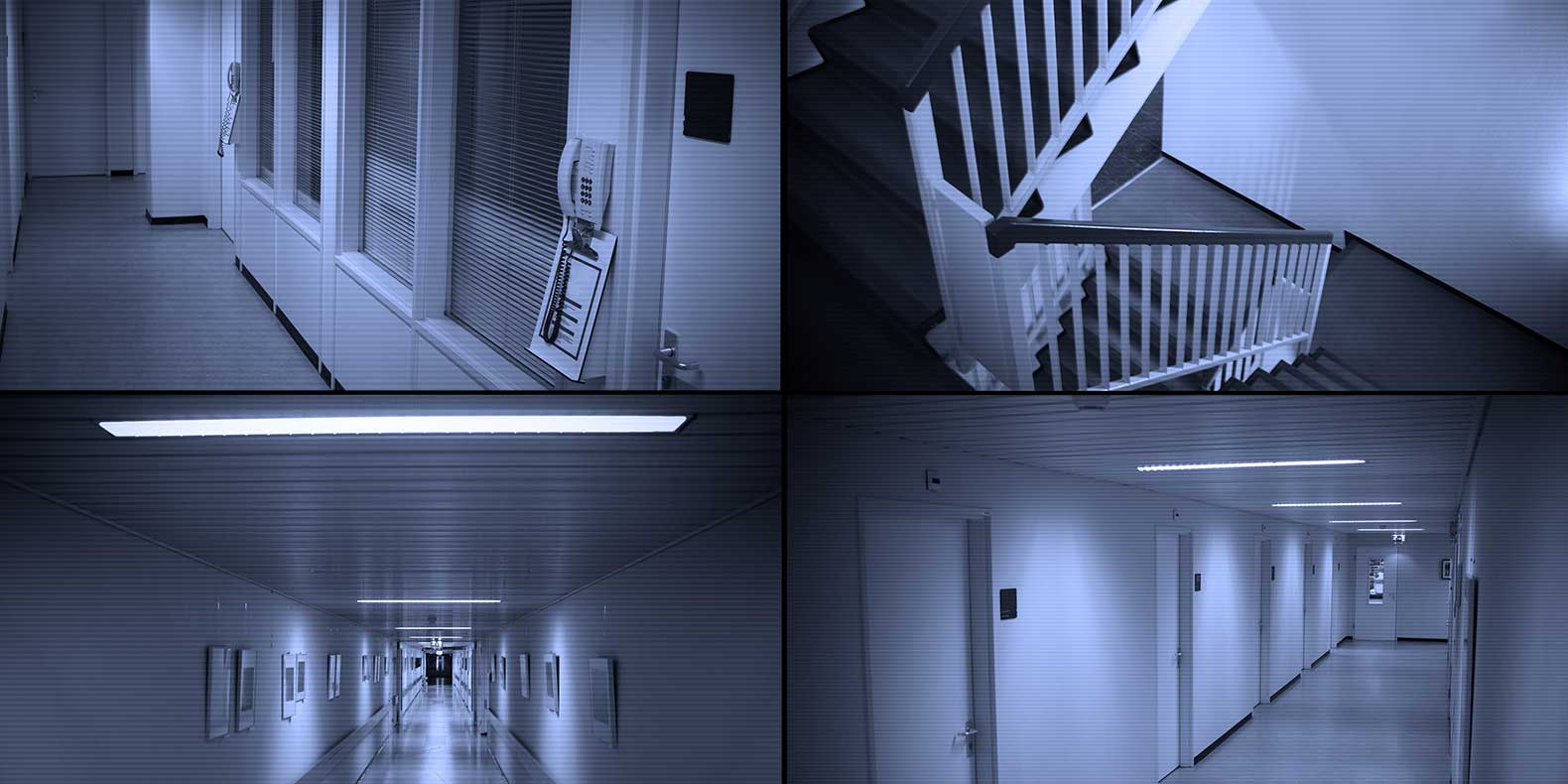
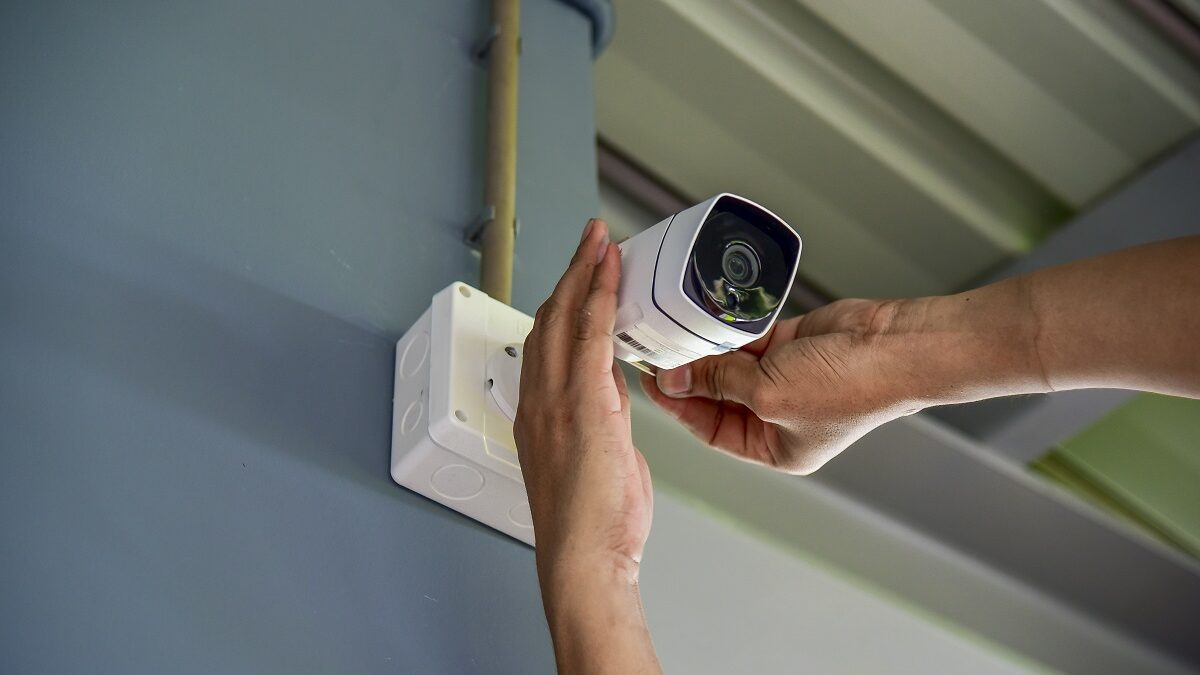
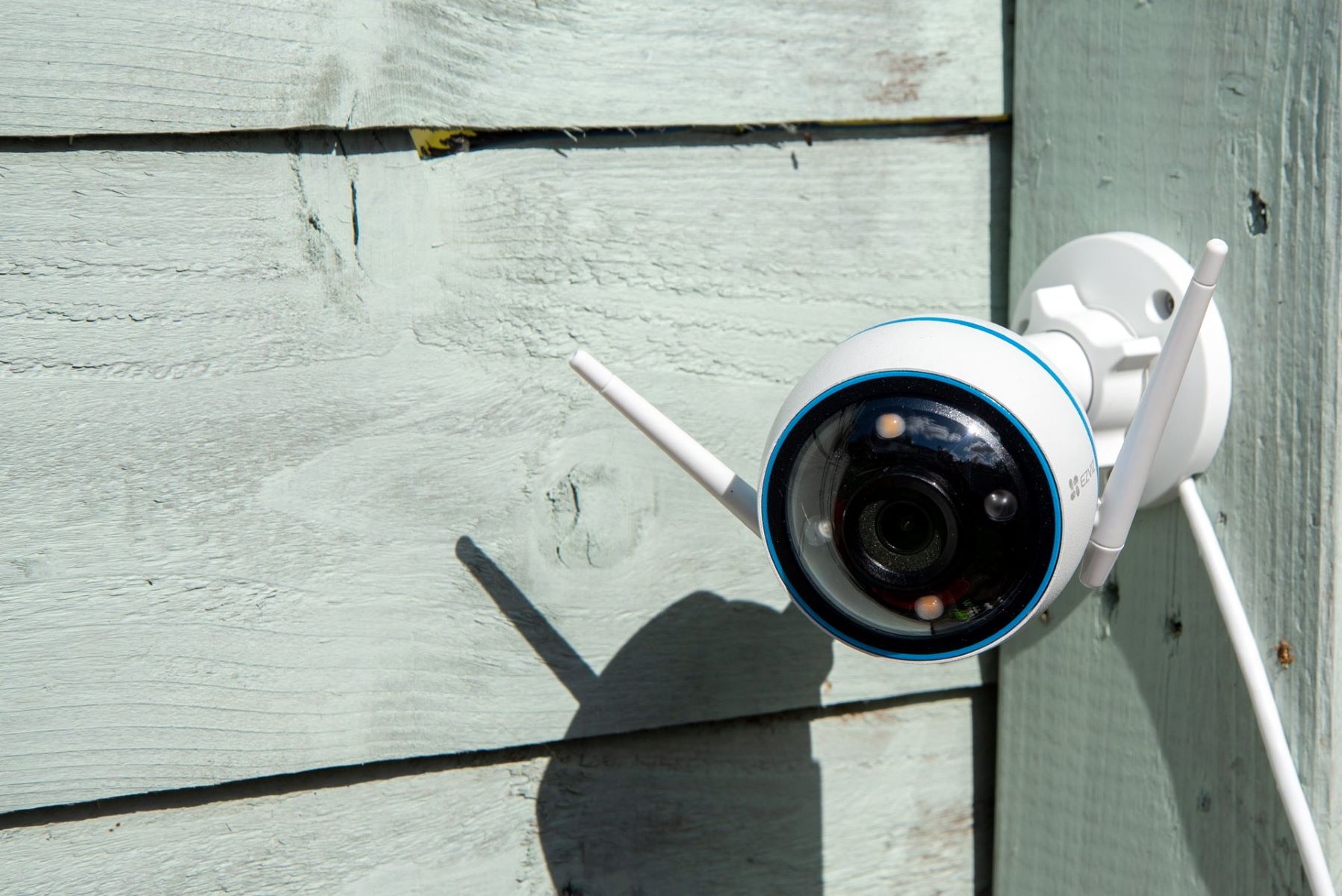
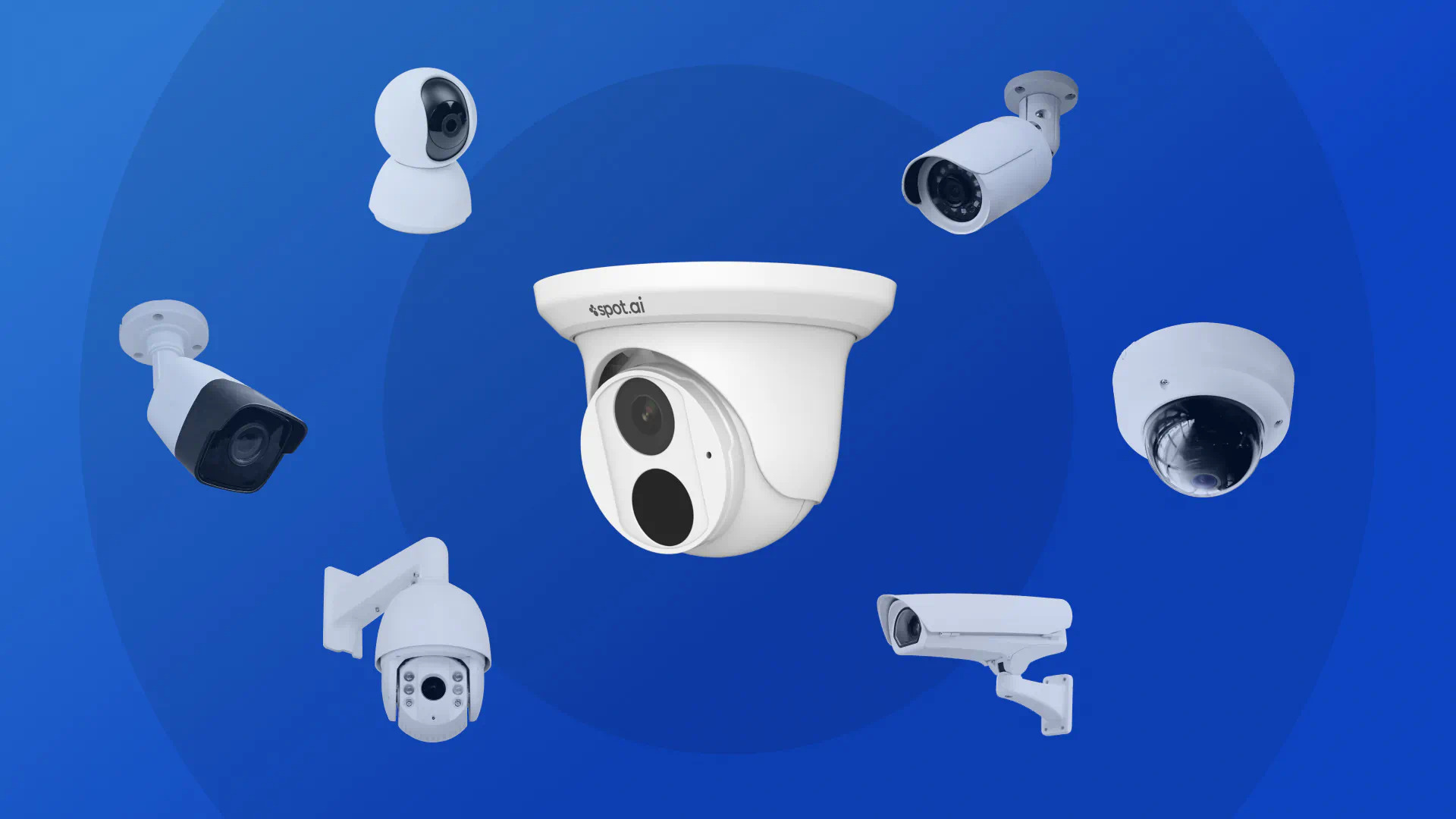
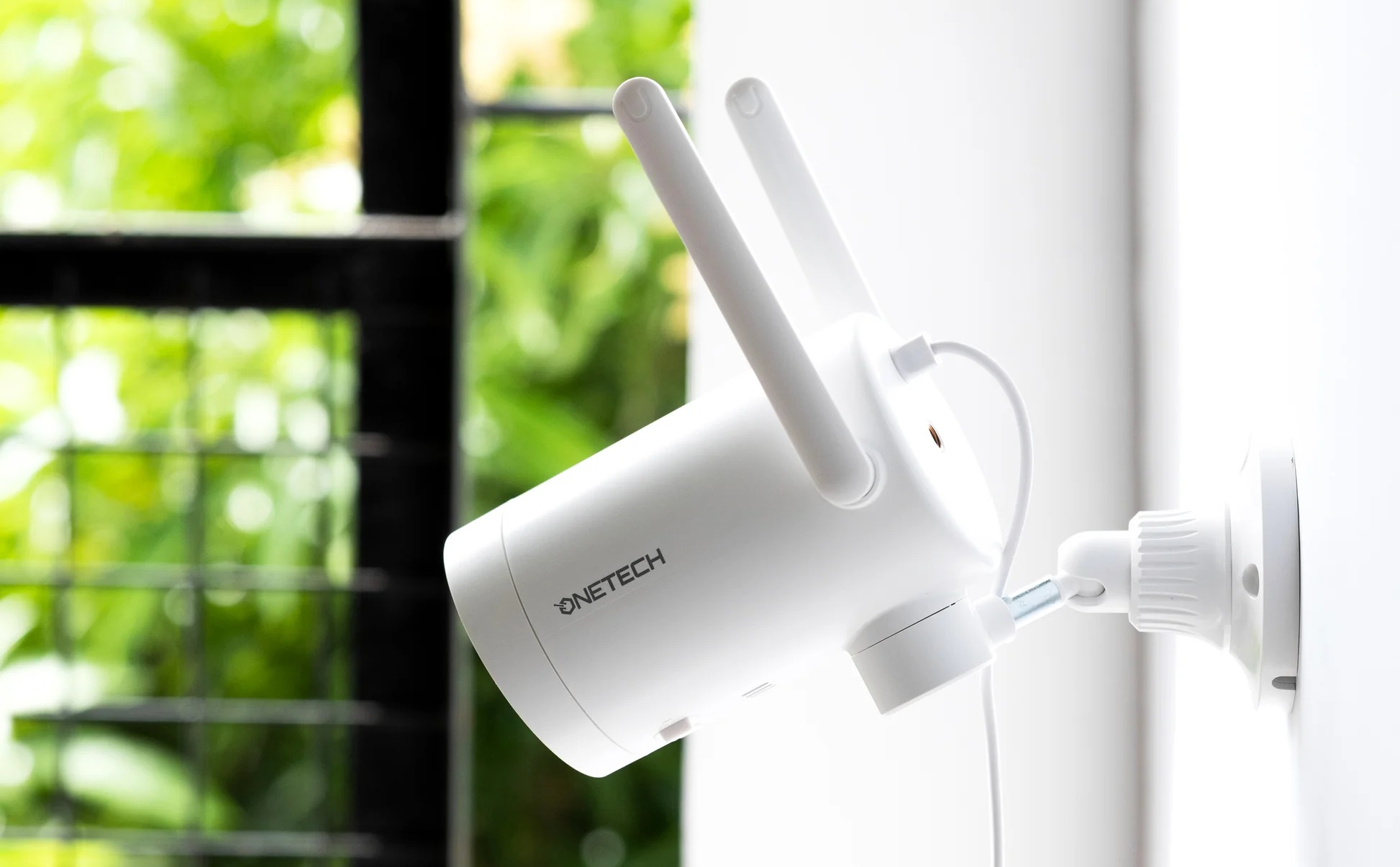

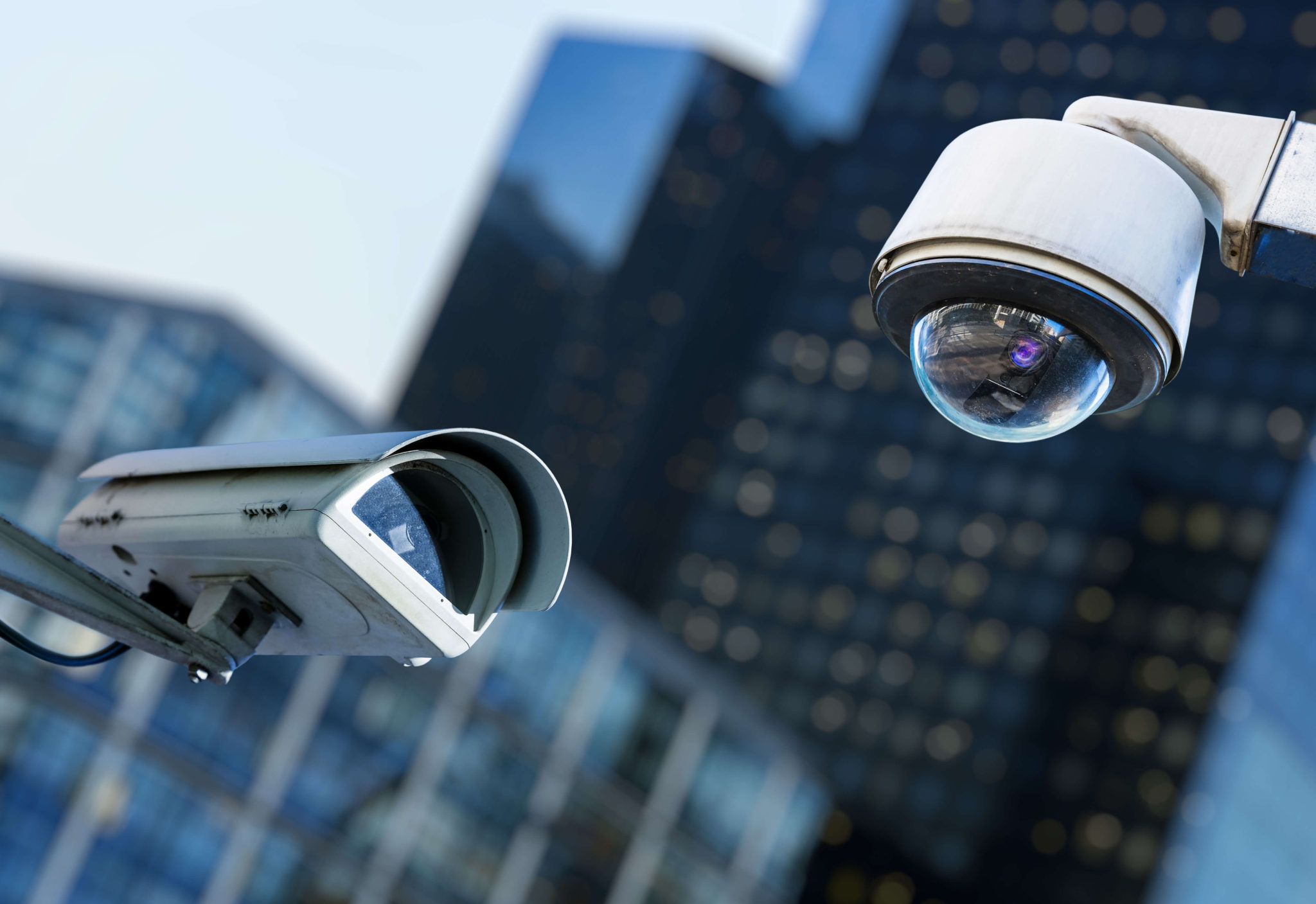
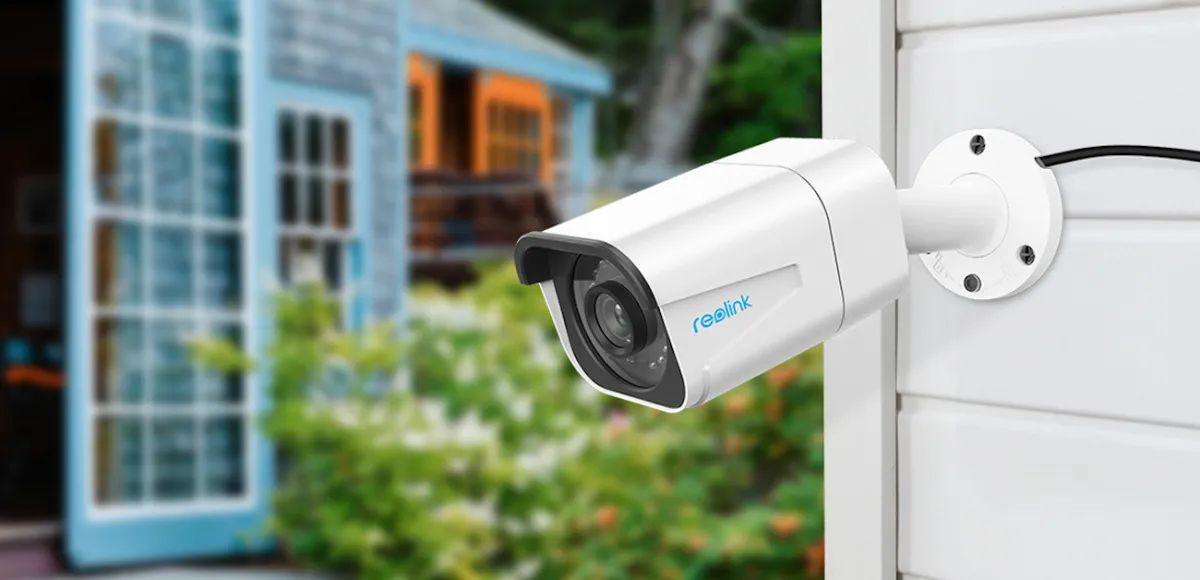
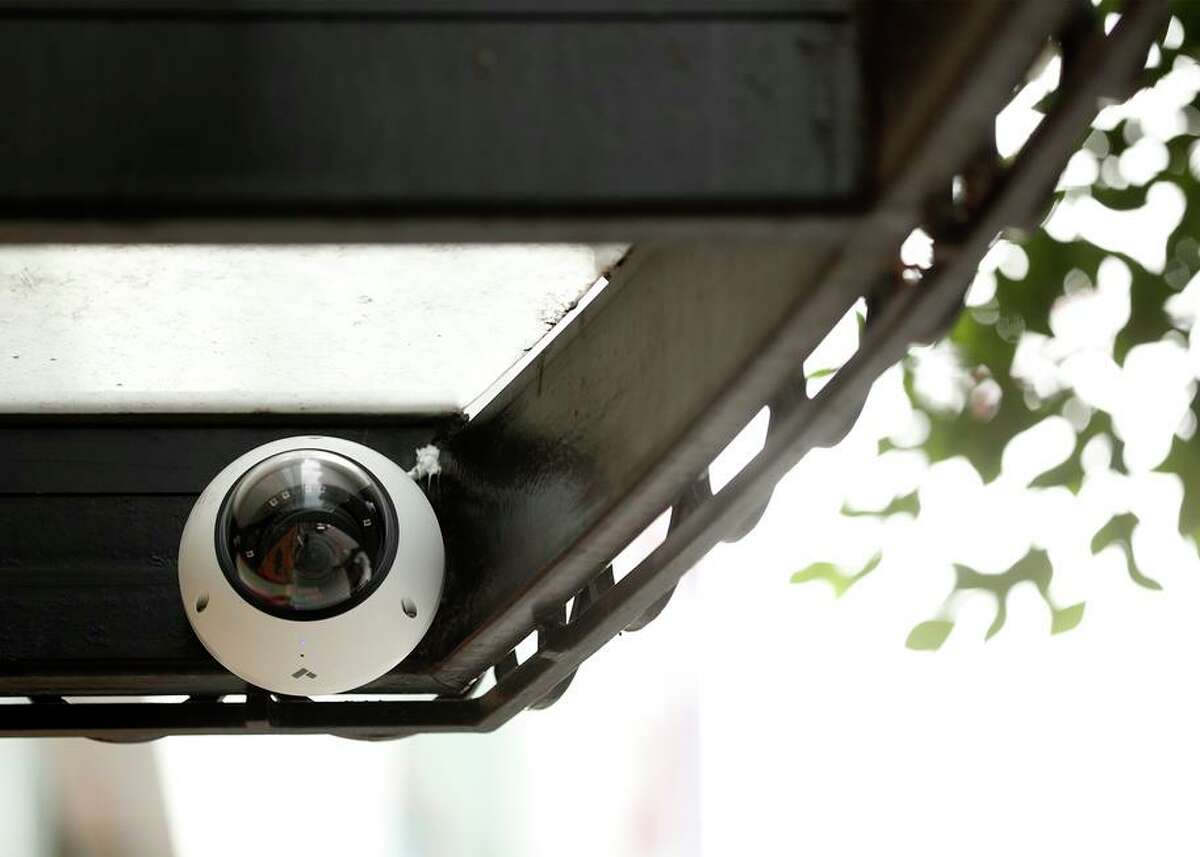

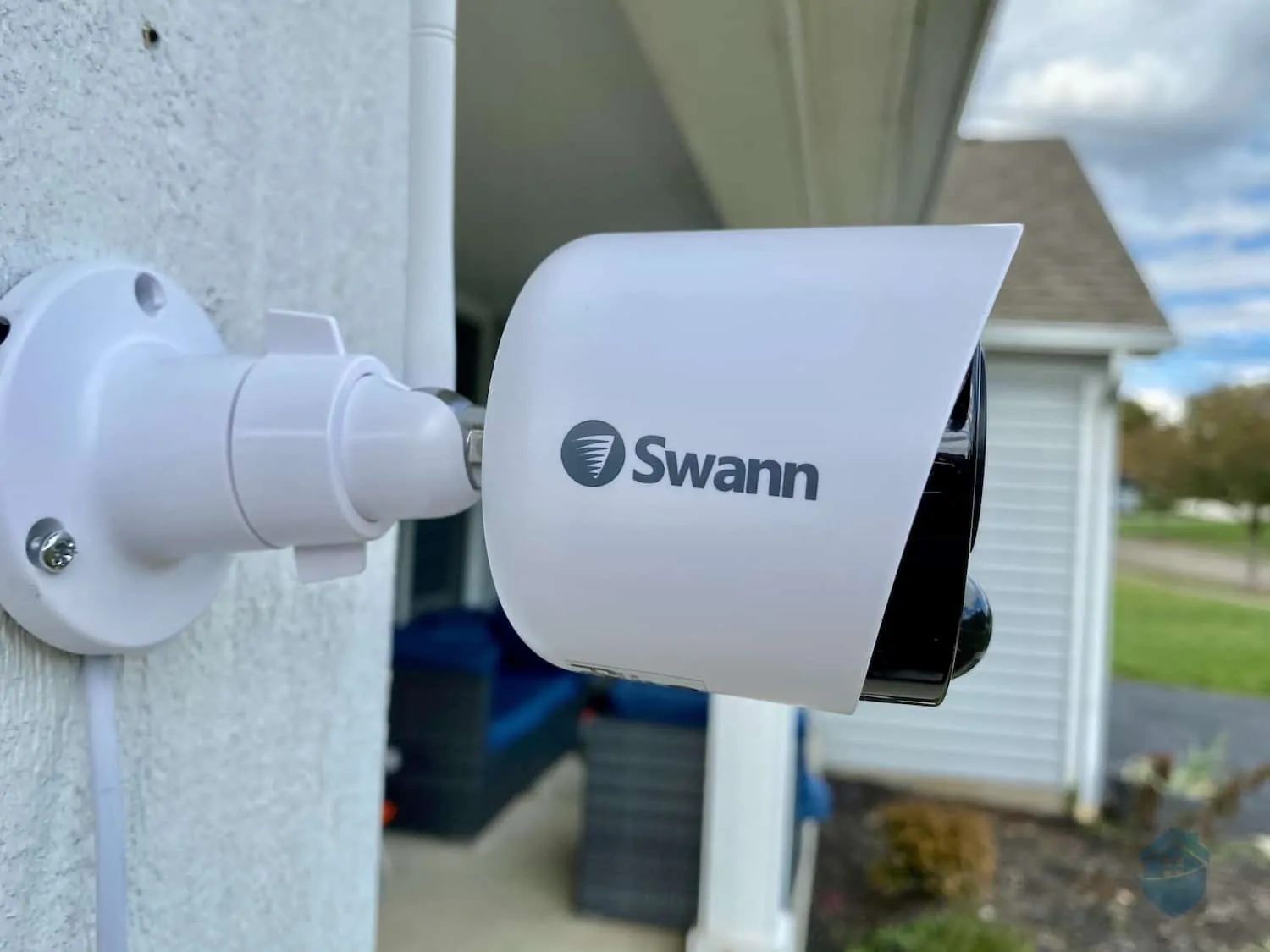



0 thoughts on “How To Store Security Camera Footage”